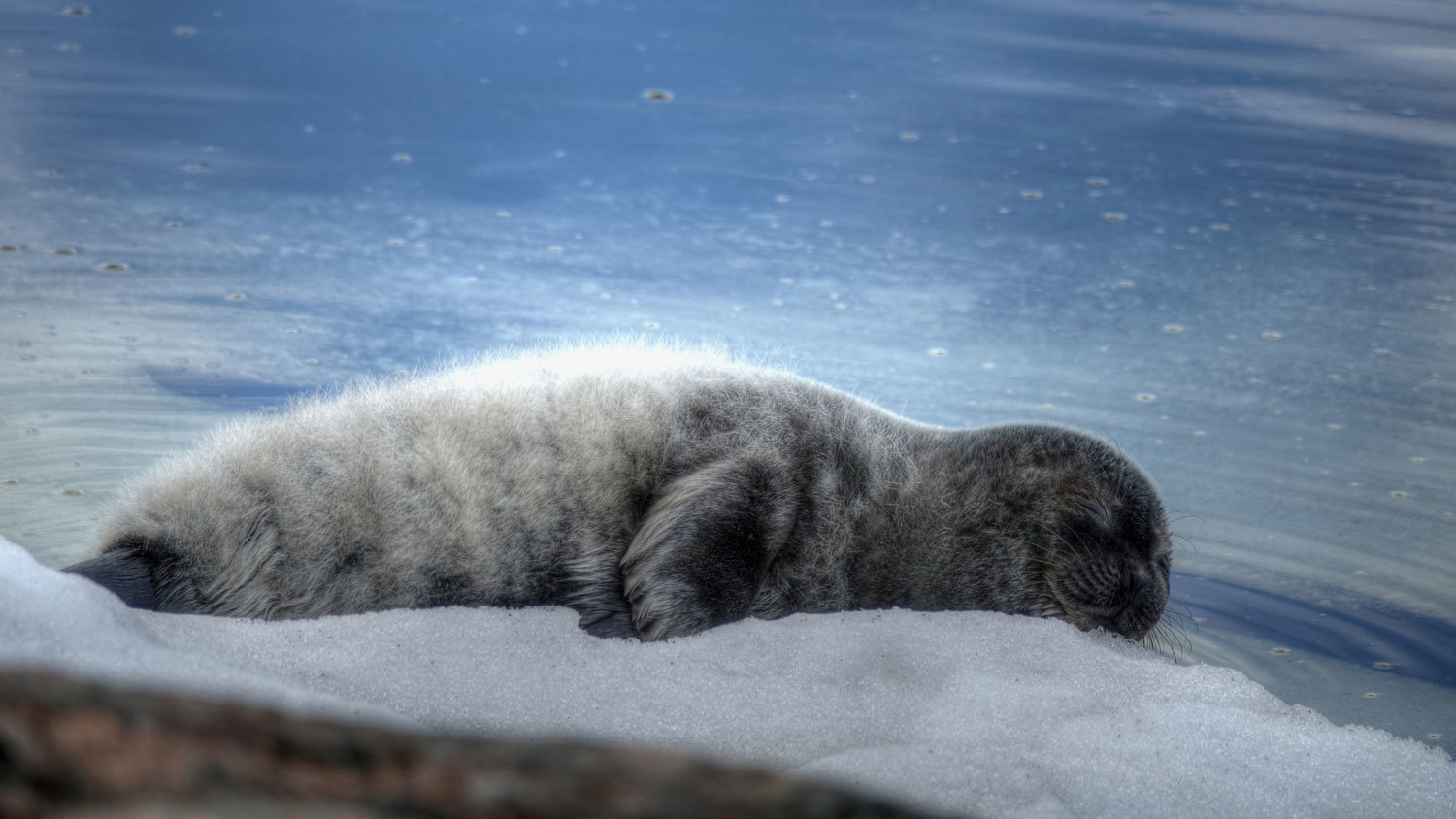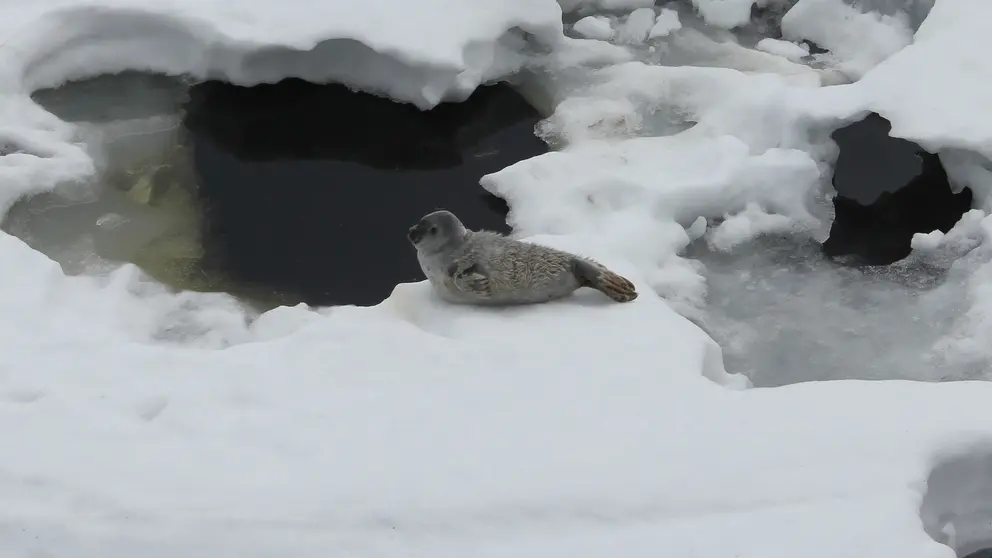Finland intends to propose the Saimaa ringed seal habitats in the Lake Saimaa archipelago as a new natural site to be inscribed on the UNESCO’s list of World Heritage sites. Minister of the Environment and Climate Change Krista Mikkonen told about the process to update the tentative list at the World Heritage Forum on 11 November.
The aim of the UNESCO World Heritage Convention is to ensure that the world’s most valuable natural and cultural heritage sites are preserved. The inscription of a site on the World Heritage list requires that it is of special global significance and the preservation of its values has been ensured.
“According to the National World Heritage Strategy, the sites Finland proposes to be inscribed on the list must be of very special value. This is what the Saimaa ringed seal habitats truly are. The protection of Saimaa ringed seal has become the symbol of nature conservation in Finland, and it requires constant efforts,” Mikkonen says.
The most endangered seal
The Saimaa ringed seal is among the rarest and most endangered seals in the world. It is also one of the few freshwater-living seals.
The seal remained isolated in Lake Saimaa about 8,000 years ago, when the connection with the Baltic Sea after the glacial period broke down. Since then, the Saimaa ringed seals have lived in complete isolation from other ringed seals.
 Photo: Ismo Marttinen/WWF.
Photo: Ismo Marttinen/WWF.
The Saimaa ringed seal is a relatively small seal. An adult can be approximately 140 cm long and weighs 50-90 kg (depending on the season). The average life expectancy of a seal is 20 years. The oldest known individual was 33 years old.
The population of ringed seals, that at its lowest was just 130 to 160 individuals, has now recovered to about 400 individuals, the Ministry of the Environment says. However, climate change is a serious threat to the Saimaa ringed seal population as well.
Only a few Finns have really seen a Saimaa ringed seal in the wild. Those who are very lucky may see them on warm summer days taking the sun on a rock in Lake Saimaa. However, since seeing a seal is that rare, WWF has a camera that sometimes shows live images around the clock of one of the favorite rocks of seals.
When live images are not activated, some videos of the seal can be seen in the same link.
State-owned protection areas
The proposed World Heritage site is part of Lake Saimaa, the largest lake in Finland. What Finland is proposing is a so-called serial nomination that would mainly consist of state-owned protection areas included in the Nature 2000 network.
“The national urban park envisaged to be set up in Savonlinna and restrictions on net fishing would significantly support the approval of the project at UNESCO,” Mikkonen says.
The proposal will be included in Finland's tentative list. The government aims to submit it in January 2021.
The decision on the sites to be inscribed on the list of World Heritage sites is made by the World Heritage Committee.The aim is that the Committee could decide on the inscription of the Saimaa ringed seal habitats on the list of World Heritage sites at its meeting in 2024.
At the moment there are a total of 1,121 sites on the list, of which 213 represent natural heritage. Finland has seven World Heritage sites on the list, six of which represent cultural heritage and one, the Kvarken Archipelago, is a natural heritage site.











